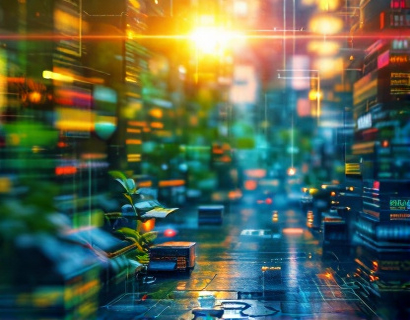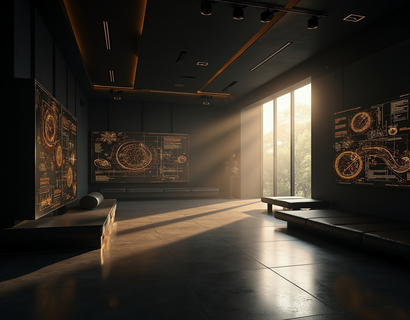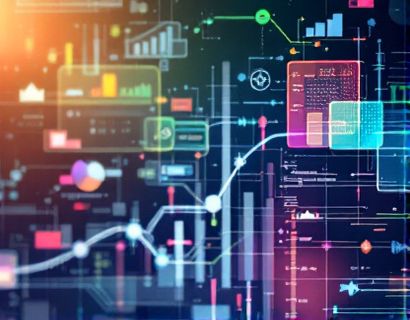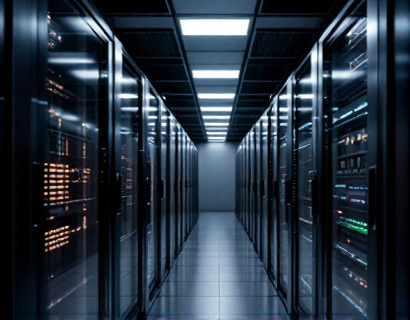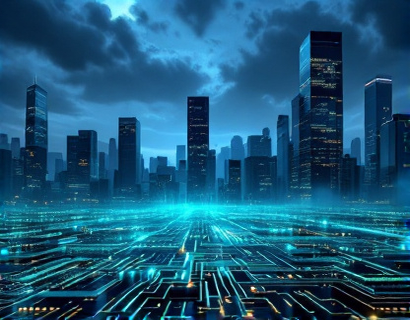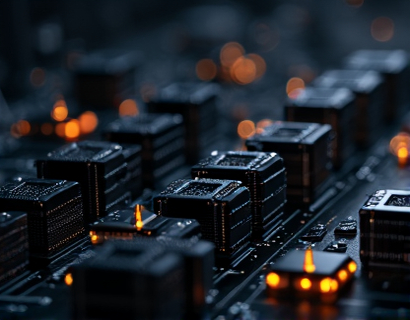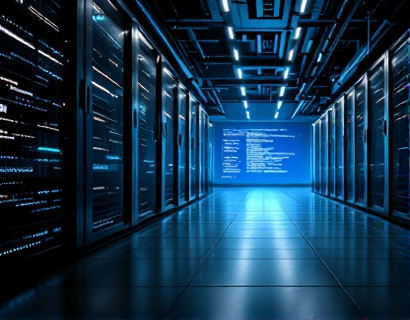Maximize Your Indoor Garden: Expert Tech for Optimal Plant Growth and Sustainability in Solariums
Indoor gardening has evolved significantly with advancements in technology, allowing enthusiasts to create thriving ecosystems within the confines of their homes or dedicated spaces like solariums. This article delves into the cutting-edge technologies that can transform light, climate, and automation to ensure optimal plant growth and sustainability. By leveraging these innovations, gardeners can cultivate a high-tech oasis that caters to their unique needs and preferences.
Understanding the Basics of Solarium Gardening
Before diving into the technologies, it's essential to understand the fundamentals of solarium gardening. A solarium, or sunroom, is a space designed to maximize natural light, providing an ideal environment for plants. However, natural light alone may not be sufficient for optimal growth, especially during winter months or in regions with limited sunlight. This is where advanced technology steps in to supplement and optimize the growing conditions.
Optimizing Light for Plant Growth
Light is one of the most critical factors in plant growth. Indoor gardens require a specific spectrum and intensity of light to mimic natural sunlight. LED grow lights have become a popular choice due to their energy efficiency and customizable spectra. These lights can be tailored to the specific needs of different plants, from the blue spectrum for vegetative growth to the red spectrum for flowering and fruiting stages.
Another innovation is the use of smart lighting systems that adjust the light cycle based on the plant's life stage and environmental conditions. These systems can simulate a 12-hour day and 12-hour night cycle, which is crucial for many plants. Some advanced setups even incorporate circadian lighting, which mimics the natural changes in light quality throughout the day, further enhancing plant health and growth.
Climate Control for Ideal Growing Conditions
Maintaining the right temperature and humidity levels is vital for plant health. Advanced climate control systems use sensors and automated controls to monitor and adjust these conditions in real-time. Thermostats and humidistats can be integrated to ensure that the environment remains within the optimal range for the specific plants being grown.
Heating and cooling systems, such as submersible heaters and evaporative coolers, can be installed to maintain the desired temperature. For humidity control, misting systems and dehumidifiers can be used. These systems not only create a comfortable environment for plants but also prevent issues like mold and pests that thrive in overly humid conditions.
Automation for Convenience and Efficiency
Automation is a game-changer in indoor gardening, offering convenience and precision. Automated irrigation systems ensure that plants receive the right amount of water at the right times, reducing the risk of overwatering or underwatering. These systems can be programmed based on the plant's needs, soil moisture levels, and environmental conditions.
Fertigation, the combination of fertilization and irrigation, allows for the precise delivery of nutrients directly to the plant roots. This method not only optimizes nutrient uptake but also reduces waste. Automated feeders can be set to release nutrients at specific intervals, ensuring a consistent supply without the need for manual intervention.
Monitoring and Data Analysis
Modern indoor gardens benefit from sophisticated monitoring systems that provide real-time data on various parameters. Sensors can measure light intensity, temperature, humidity, CO2 levels, and soil moisture, sending this data to a central hub or mobile app. This data can be analyzed to identify trends, optimize settings, and make informed decisions about plant care.
Some systems offer AI-driven analytics that can predict plant needs and suggest adjustments before issues arise. For example, if the system detects a drop in humidity, it can automatically activate the misting system. This proactive approach ensures that plants receive the optimal conditions at all times, leading to healthier growth and higher yields.
Sustainability in Indoor Gardening
Sustainability is a key consideration in modern indoor gardening. Energy-efficient technologies and renewable energy sources can significantly reduce the environmental impact of maintaining an indoor garden. Solar panels, for instance, can power LED grow lights and other equipment, making the setup more eco-friendly.
Water conservation is another critical aspect. Recirculating irrigation systems capture and reuse water, minimizing waste. Additionally, using rainwater harvesting systems can provide a sustainable water source for indoor gardens. By integrating these practices, gardeners can create a more sustainable and environmentally responsible growing space.
Customizable Solutions for Unique Needs
Every indoor garden is unique, with different plants having specific requirements. Expert technology setups can be customized to meet these diverse needs. For example, a gardener growing a variety of plants with different light and humidity requirements can use zone-based control systems. These systems divide the garden into zones, each with its own set of environmental controls, allowing for precise management of each area.
Modular designs are also gaining popularity, allowing gardeners to expand or reconfigure their setups as needed. This flexibility ensures that the garden can grow and evolve alongside the gardener's goals and preferences. Whether starting small and scaling up or experimenting with new plant varieties, modular systems provide the adaptability required for long-term success.
Case Studies and Real-World Applications
To illustrate the benefits of these technologies, let's look at a few real-world examples. A gardener in a northern climate used a combination of LED grow lights, automated climate control, and precision irrigation to grow a variety of tropical plants year-round. The result was a vibrant indoor garden that not only provided fresh produce but also served as a beautiful decorative feature.
Another example is a commercial operation that utilized data analytics and AI to optimize crop yields. By monitoring and adjusting environmental conditions based on real-time data, they achieved a 30% increase in productivity while reducing energy consumption by 20%. This level of efficiency is a testament to the potential of advanced technology in indoor gardening.
Future Trends in Indoor Gardening Technology
The future of indoor gardening technology is exciting, with several trends on the horizon. One such trend is the integration of vertical farming techniques, which maximize space utilization and increase yield per square foot. Vertical gardens can be combined with automated systems to create highly efficient growing spaces, ideal for urban environments where space is limited.
Another emerging technology is the use of biotechnology to enhance plant resilience and growth. Genetic modifications and gene editing can create plant varieties that are better suited to indoor conditions, requiring less light and water while producing higher yields. These advancements, when combined with smart technology, can revolutionize indoor gardening.
Conclusion
By embracing cutting-edge technologies, indoor gardeners can transform their spaces into thriving ecosystems that maximize plant growth and sustainability. From optimized lighting and climate control to automation and data analysis, these innovations provide the tools needed to create a high-tech garden oasis. Whether for personal enjoyment, commercial purposes, or a combination of both, the future of indoor gardening is bright and full of possibilities.




